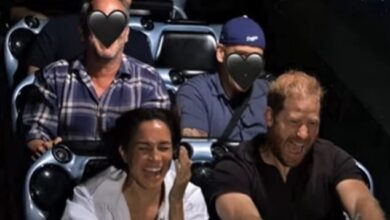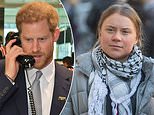How Prince William played a crucial role in HUGE drug bust seizing £40m worth of cocaine
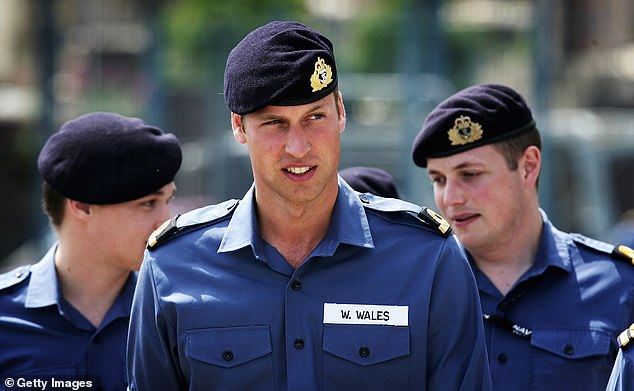
When Prince William served in the Royal Navy on a two-month attachment back in 2008, he was involved in a major drug bust.
The Prince of Wales was one of six Navy personnel who intercepted a vessel attempting to smuggle 900kg of cocaine in the Atlantic, north-east of Barbados.
In total, the haul, which was seized in July 2008, was worth a staggering £40million at the time. Adjusted for inflation, it would now be worth over £60million.
William was on board a Lynx helicopter which was tasked with monitoring speedboats off the coast of Barbados attempting to move drugs to west Africa or Europe.
On this particular occasion, an ocean-going speedboat suspecting of smuggling drugs was spotted by the crew – which included William, a pilot and a sniper – and was ordered to stop. It was then boarded by US coastguard officers on board the British frigate HMS Iron Duke and the smugglers detained.
William had only been deployed with the Royal Navy for less than a week when the operation took place – having arrived on June 24 as part of a secondment from the Royal Air Force.
Speaking to The Guardian at the time, the ship’s commander, Mark Newland, said: ‘This is a fantastic start to HMS Iron Duke’s North Atlantic deployment.
‘To have had a direct impact on the flow of cocaine into Europe just four days after we arrived in theatre shows the benefit the Royal Navy can have in the area of maritime security and counter-drug operations.’

Prince William in June 2008 just before his deployment to the Caribbean. The royal was one of six navy personnel who intercepted a vessel attempting to smuggle 900kg of cocaine
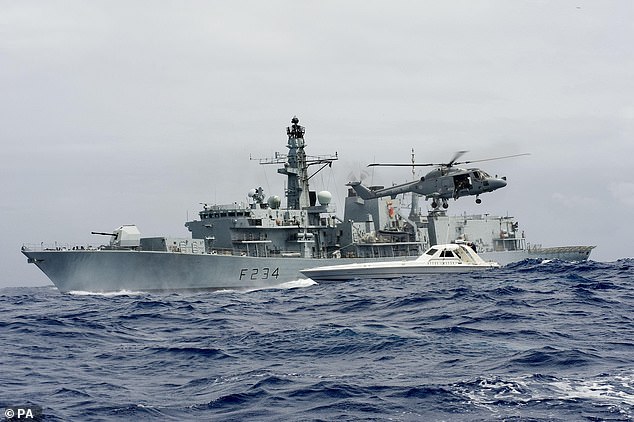
HMS Iron Duke (pictured) stopped the speedboat carrying the Class A drug and seized a staggering £40million worth of cocaine
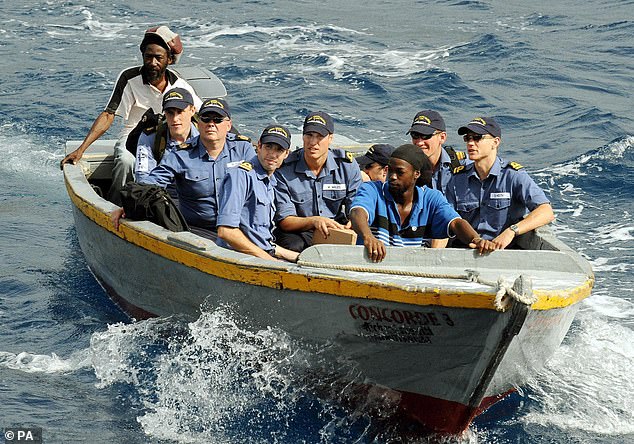
Prince William (centre) during a training exercise with the Royal Navy off the coast of Montserrat, a British Overseas Territory in the Caribbean
According to royal author Penny Junor, deployment with HMS Iron Duke saw William experience ‘a lot of excitement and a lot of danger’.
The Prince of Wales enjoyed his time with the Navy so much that he extended his Royal Naval short service commission for as long as possible before he returned to the Royal Air Force.
William’s stint in the Royal Navy still affects him many years later. In 2020, it came up in conversation when the Prince was on a Remembrance Day video chat with LPT (leading physical trainer) Damon Bell, who was at the time serving on the British frigate HMS Montrose in the Gulf.
During the call, LPT Bell referred to Montrose’s recent £20million drugs seizure in the Middle East, and he joked that it was only half the amount of the bust made by HMS Iron Duke.
William responded in jest: ‘I wasn’t going to bring that up, Damon, but I am glad it’s still being talked about.’
The prince’s military career began in 2006, when he joined Sandhurst as an Officer Cadet.
He was briefly considered for frontline duty, with the then-Queen Elizabeth II reportedly supportive of his deployment.
However, William’s status at the time as second in line to the throne meant the Government decided it was too risky for him to see active duty due to concerns about the safety of him and those around him.
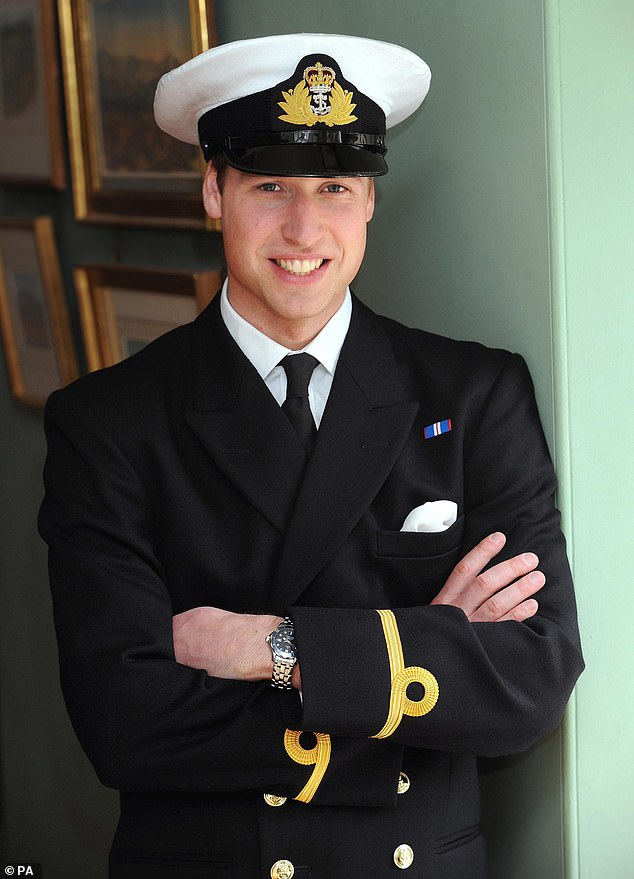
The Prince of Wales enjoyed his time with the Navy so much that he extended his Royal Naval short service commission for as long as possible before he returned to the Royal Air Force
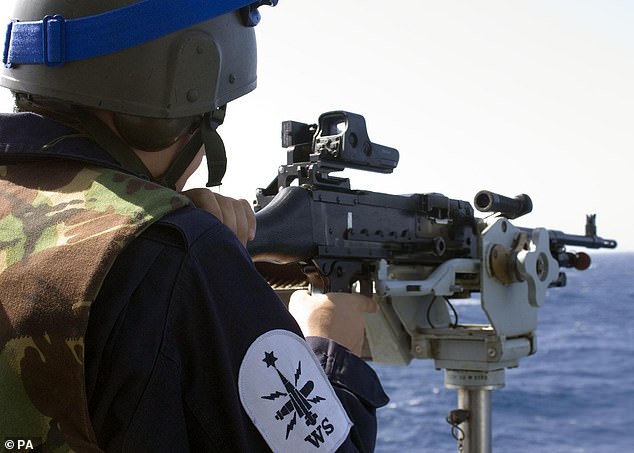
A member of HMS Iron Duke’s ships company manning a general purpose machine gun during a drugs trafficking operation in the Caribbean. Adjusted for inflation, the seized drugs would now be worth over £60million
This is why William was instead sent to the RAF and the Royal Navy.
Prince Harry, on the other hand, was allowed to serve in Afghanistan after much debate over whether to send the young prince to the war zone.
He was first deployed to Helmand province as a forward air controller in 2007, but his first tour of duty was cut short when an Australian magazine broke a media embargo by mistake.
However, he returned in 2012 with the Ministry of Defence publicising his second deployment on the understanding that the media would allow him to get on with the job at hand.
In his memoir, Spare, the Duke of Sussex revealed that he killed 25 Taliban fighters during his second tour of duty in Afghanistan, when he flew an Apache attack helicopter.
Harry, who was known as ‘Captain Wales’ in the military, wrote that he did not think of those killed ‘as people’ but instead ‘chess pieces removed from the board’… ‘bad guys eliminated’.
This was the first time that Harry, now 40, had specified the number of insurgents he had personally killed during his time in Afghanistan.
While many soldiers do not know how many enemies they have killed in combat, the Duke wrote in Spare that ‘in the era of Apaches and laptops’ he was able to say ‘with exactness’ the number of insurgents he killed.
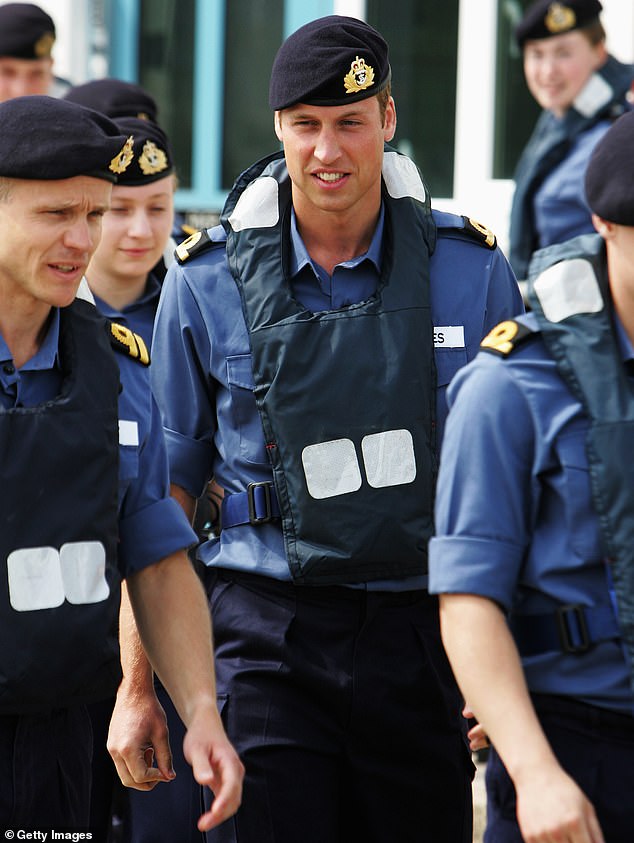
According to royal author Penny Junor, deployment with HMS Iron Duke saw William experience ‘a lot of excitement and a lot of danger’
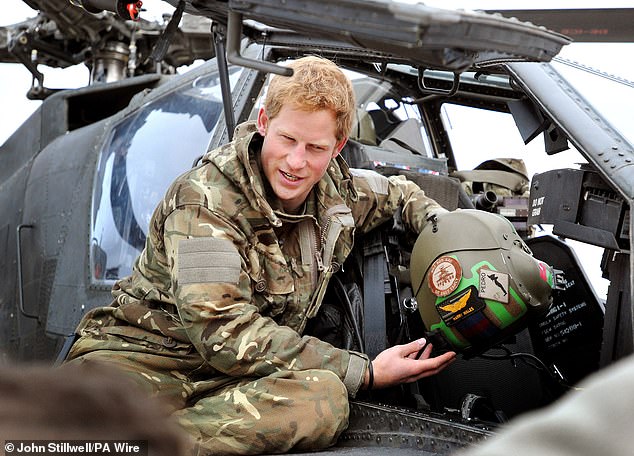
Prince Harry, on the other hand, was allowed to serve in Afghanistan after much debate over whether to send the young prince to the war zone
During Harry’s 2012 tour, he also helped provide helicopter support to the International Security Assistance Force and Afghan forces operating throughout Helmand province.
Based out of Camp Bastion, 662 Squadron Army Air Corps, to which he belonged, flew more than a hundred missions over 2,500 flying hours, providing surveillance, deterrence and, when required, close combat attack capabilities as well as escort duties for other aircraft.
Captain Wales, who qualified as a co-pilot gunner in February 2012, was posted to 3 Regiment Army Air Corps, part of 16 Air Assault Brigade, to gain further flying experience and to operate the Apache on a number of exercises before deploying to Afghanistan in September 2012.


